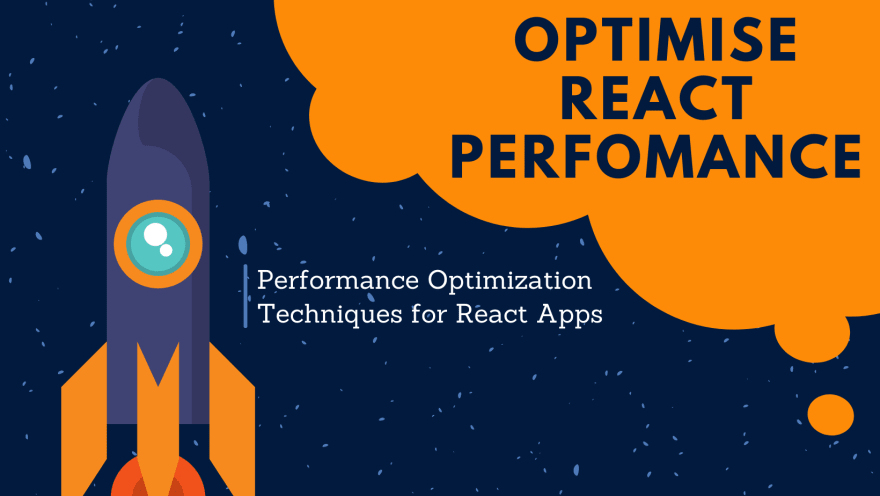Optimizing the performance of a React application is an important aspect of maintaining a high-quality user experience. It requires deeper understanding of React framework, various phases of the components lifecycle and profiling tools to measure bottlenecks and analyze performance.
There are several techniques you can use to improve the performance of your React application.Below are some tips you can follow to optimize React performance:
- Use the
shouldComponentUpdatelifecycle method to avoid unnecessary re-renders. This method allows you to control when a component is updated by determining if the new props or state are different from the previous ones. - Use the
PureComponentclass instead of the Component class for components that do not require complex logic. Pure components implement the shouldComponentUpdate method with a shallow comparison of the props and state, so they only re-render if the props or state have changed. - Use the
React.memohigher-order component to optimize functional components. This is similar to PureComponent, but it can be used with functional components instead of class-based components. - Use the
React.lazyandReact.Suspensecomponents to lazy-load components that are not immediately needed. This can improve initial loading time by only loading the necessary components on demand. - Use the
useCallbackanduseMemohooks to optimize functions and computed values within components. These hooks allow you to memoize values and functions so that they are not re-created unnecessarily. - Use the
React.Fragmentcomponent to avoid unnecessary wrapper elements in your components. Wrapper elements, such as divs, can add extra nodes to the DOM, which can affect performance. React.Fragment allows you to return multiple elements from a component without adding extra nodes to the DOM. - Use
Immutable Data Structuresas they are more efficient to compare than mutable data structures. They have zero side-effects, simpler to create, test, and use, and can prevent unnecessary re-renders
🎉 Bonus Tip:
Use the profiler built into React to identify performance bottlenecks and optimize the rendering of your components. The profiler can help you understand which components are rendering frequently and why, allowing you to make changes to improve their performance.
By following these tips, you can improve the performance of your React application and provide a better user experience for your users. It is also important to regularly monitor and profile your application to identify areas for optimization and ensure that it continues to perform well.







Top comments (0)